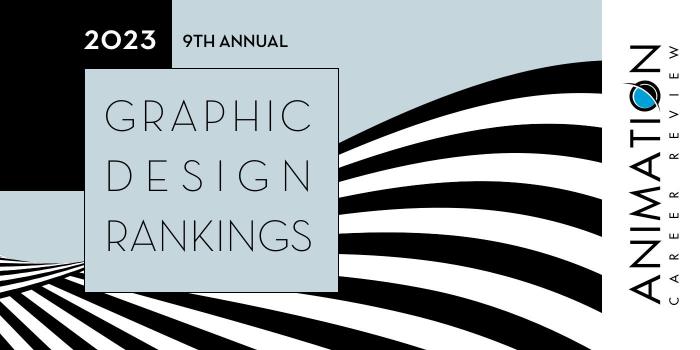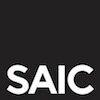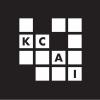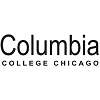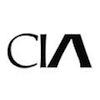The School of Art and Design at University of Wisconsin – Stout (UW-Stout) has a Graphic Design and Interactive Media Program that leads to a BFA. Accredited by the National Association for Schools of Art and Design (NASAD, this career-focused program has two Concentrations: Communication Design (CD) and Interaction Design (ID). Learning for both options takes place in studio classrooms and design labs where students have opportunities to work on real-world projects.
Other program benefits include internships and study abroad experiences, and the opportunity to exhibit student work at two galleries housed in the School of Art and Design, and off-campus spaces throughout the year.
The UW-Stout Graphic Design and Interactive Media BFA requires 120 credit hours, with 80 credits in the concentration. Course examples across concentrations include Serigraphy Printmaking, Typography: Letterform, Graphic Design I-II, User Experience Design, and Web Design. Advertising Design, Typographic Design, Publication Design, Sign and Exhibition Design, Information Design, Interactive Media Design, Typography in Motion, Product and Packaging Graphics, and Advanced Interactive Design. Both concentrations provide the option to complete a Field Experience or Cooperative Education Experience. The Senior Project – Graphic Design course is the culminating experience for the BFA Program.
Graduates of this program enjoy a near perfect employment rate. Alumni are Graphic Designers, Brand Strategists, Packaging Designers, Creative Directors, Logo and Identity Systems Designers, Interface Designers, Motion Graphics Designers, Advertising/Marketing Designers, Communications Strategists, Application Designers, Web Designers, and Interactive Designers.
Examples of companies that have hired graduates of UW-Stout’s Graphic Design and Interactive Media BFA Program include FCB, Hatch Design, Target, Innopark (India), National Public Radio (NPR), Ponzi Vineyards, WorkSimple - The Social Goal Management Company, Volume One, Madison Companies, Ziba, and Strapped to a Meteor.
The College of Science, Technology, Engineering, Mathematics and Management at UW-Stout has an additional undergraduate option for students seeking a shorter program or an add-on to a degree program such as the Packaging BS, the Graphic Design and Interactive Media BFA, or the Business Administration BS. The Graphic Media and Print Management Minor consists of 18 credit hours. Course examples include Cross-Media Campaigns, Digital Marketing Strategy and Practice, Advertising Design, Usability and Design Testing, and Web Production and Distribution.
At the graduate level, the School of Art and Design at University of Wisconsin – Stout has a Hybrid Design MFA Program that consists of 60 credit hours. This interdisciplinary program explores Graphic Design, Animation and Digital Media, Industrial Design, Digital Cinema, Photography & Video, Sustainable Design, Interactive Media & UX, and Game Design.
Course examples include Ethics in Design, Sustainable Design Practice, Design Seminar I-II, Critical Issues in Design Education and Practice, and Research Strategies in Design. The Design MFA takes three years to complete, full-time. With a near perfect employment rate, program alumni have been hired at Apple, DreamWorks Animation, Edward Jones, Shutterfly, Ramsey EnglerLTD, UW-River Falls, Wold Architects and Engineers, Vancouver College of Art and Design, and UW-Stout.
Established in 1891, University of Wisconsin-Stout is one of just 125 polytechnic universities in the U.S. and the only one in the State of Wisconsin. Serving approximately 7,225 students, the school offers more than 65 undergraduate and graduate programs, many of which are unique to UW-Stout or are not available anywhere else in the Midwest. University of Wisconsin – Stout is accredited by Higher Learning Commission (HLC).


